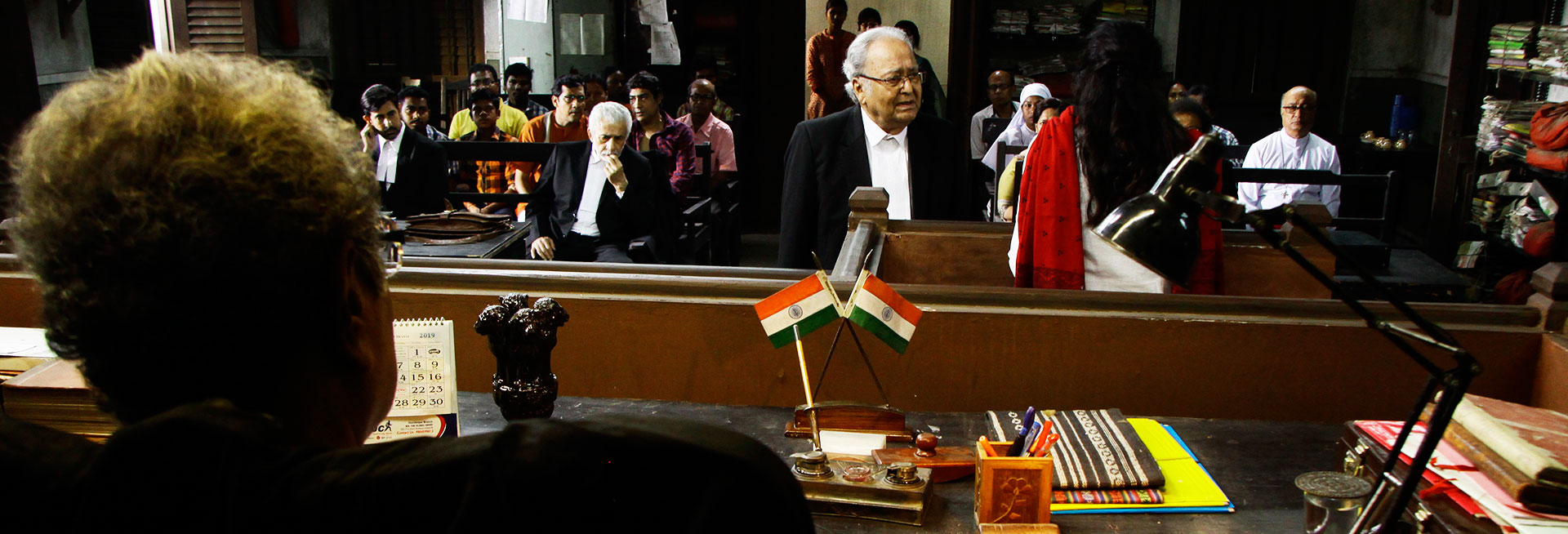The great explorer of the truth, the master-builder of human happiness no one rejects dislikes avoids pleasure itself because it is pleasure but because know who do not those how to pursue pleasures rationally encounter consequences that are extremely painful desires to obtain.
Read MoreIndia today is increasingly virulent in its consciousness and display of ethnicity. The smaller communities, which have survived on the fringes of its social and demographic map, are also being cornered in the process of polarization. Inevitably, some of them are rediscovering forgotten, almost lost, identities. The members of our tribes, who are in a sense the true sons of our soil, are in hopeless minority (about 7 percent of the population). Over many centuries they have been marginalised by latter settlers, and either appropriated culturally into the majority ethos, or left to the mercy of Christian missionaries who came in the wake of colonial domination.
The Santhals, the largest tribe, who were the first to learn agricultural processes, inhabit the Indian mainland, scattered across West Bengal, Jharkhand, Bihar, Odisha, Assam, Chhattisgarh and other neighbouring states. Their usual practice of writing the language they speak has been in the script of the majority language of the state where they are domiciled. In recent times however, there has been a rediscovery of an ancient script of the Santhali language, named Ol chiki, and there is a cultural
movement among them now to learn and use this script widely in order to create a linguistic identity that unites them across states of domicile, and facilitates communication among each other. In the matter of religious faith, the majority of them have been appropriated into the Hindu majority religion, while a significant number have also been converted to Christianity. This conversion has been supported and strengthened by the presence of a large number of Christian educational institutions and medical facilities. The social advantages and privileges available to Santhal converts to Christianity have attracted others of the same and
other tribes to follow the path of their converted Santhal neighbours and predecessors. With the upswing of the cultural movement among Santhals, of which the discovery and spread of the Ol chiki script is a part, they have also rediscovered the sources of their own religious faith, whose deities and religious practices have survived the onslaught by the majorities, and is called the Sarna religion.
The rising militant Hindu faction in Indian society is now trying aggressively not only to widen the scope of their appropriation into the majority Hindu culture and religion, but also to “re-convert” Christian Santhals into Hindus to include them into the Hindu fold, in a socio-political movement named the “Ghar Wapsi” (literally, Returning Home) programme. These socio-cultural movements are playing an increasingly large role in the political scenario in areas where there are sizable Santhal (or other tribal) populations, since they play a vitally important role in the “vote bank” politics prevalent in Indian democracy.
The narrative of our film – entitled A HOLY CONSPIRACY – is set against this background based on these current socio-cultural and political events and movements.







